Historic! NASA's Hubble, James Webb Space Telescope to capture DART asteroid impact
NASA has announced that the Hubble Space Telescope and the James Webb Space Telescope will be observing the historic DART asteroid impact.
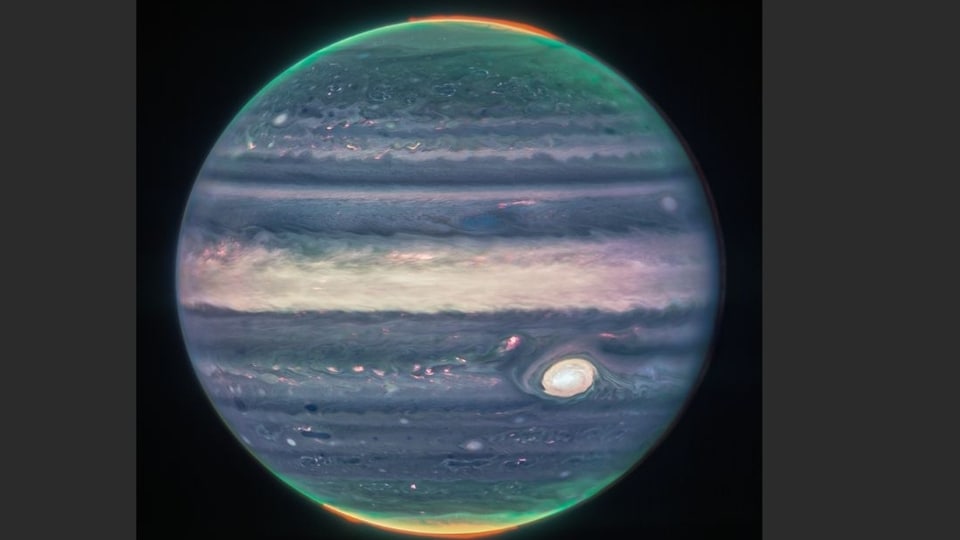
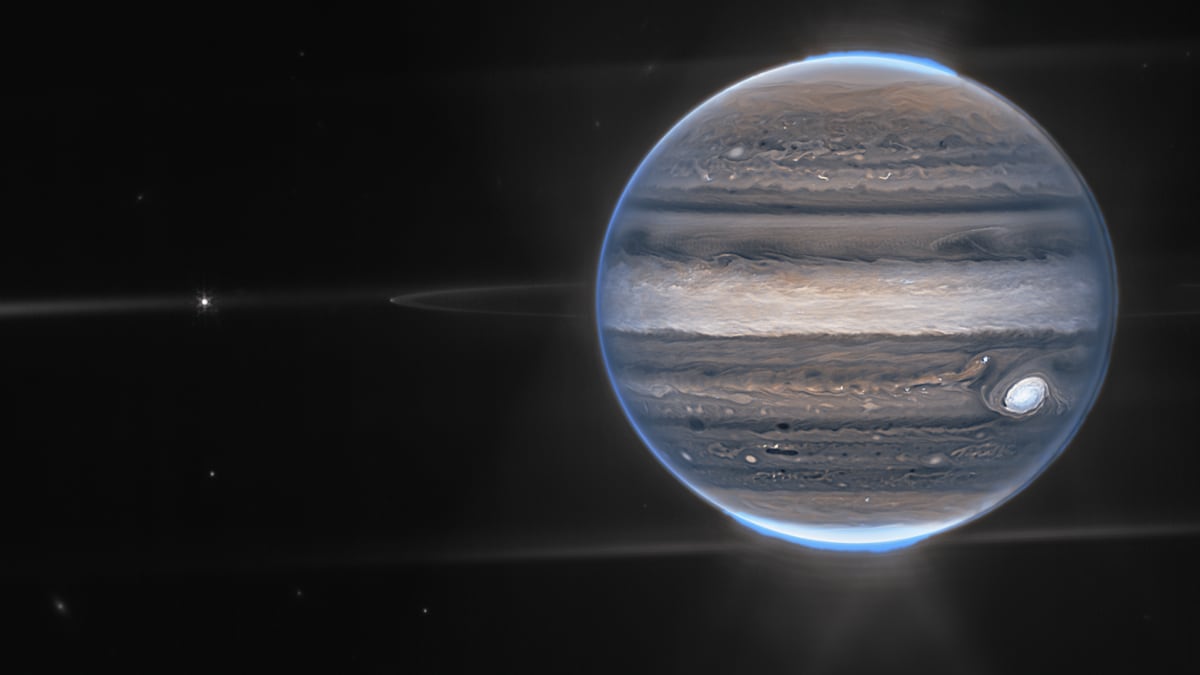
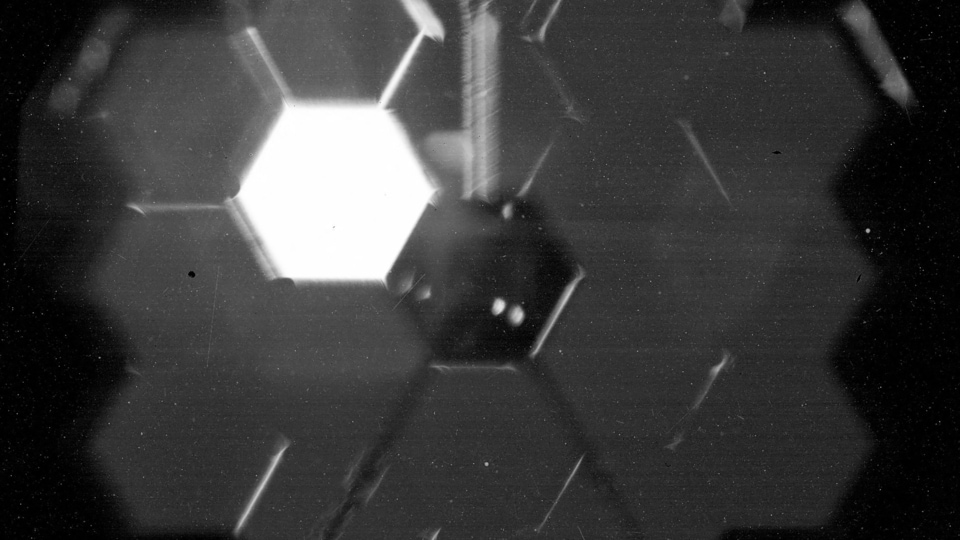
_1661230453587.jpg)
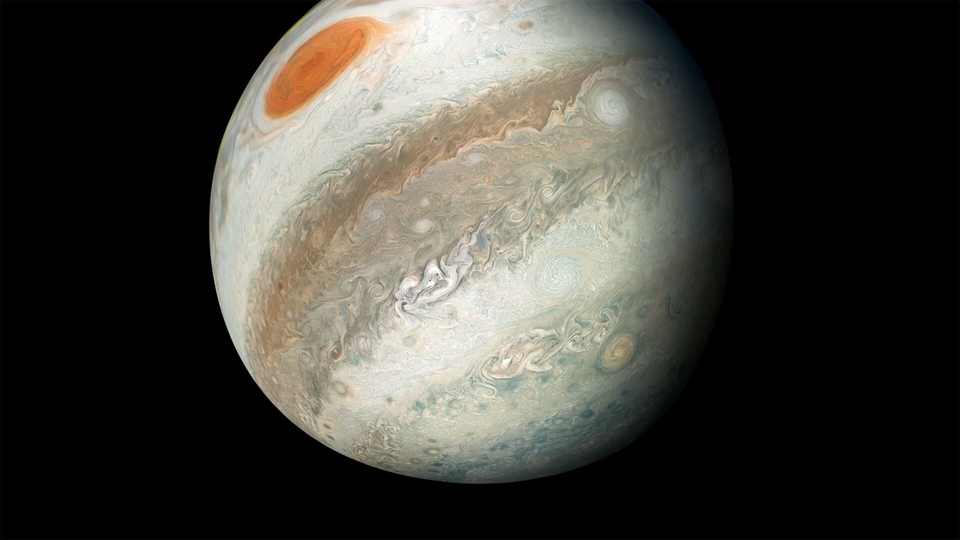
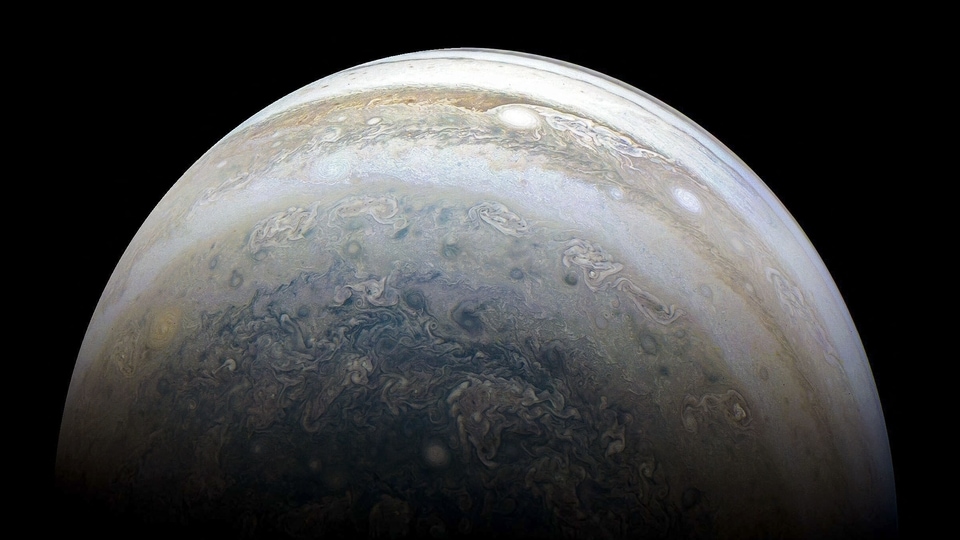
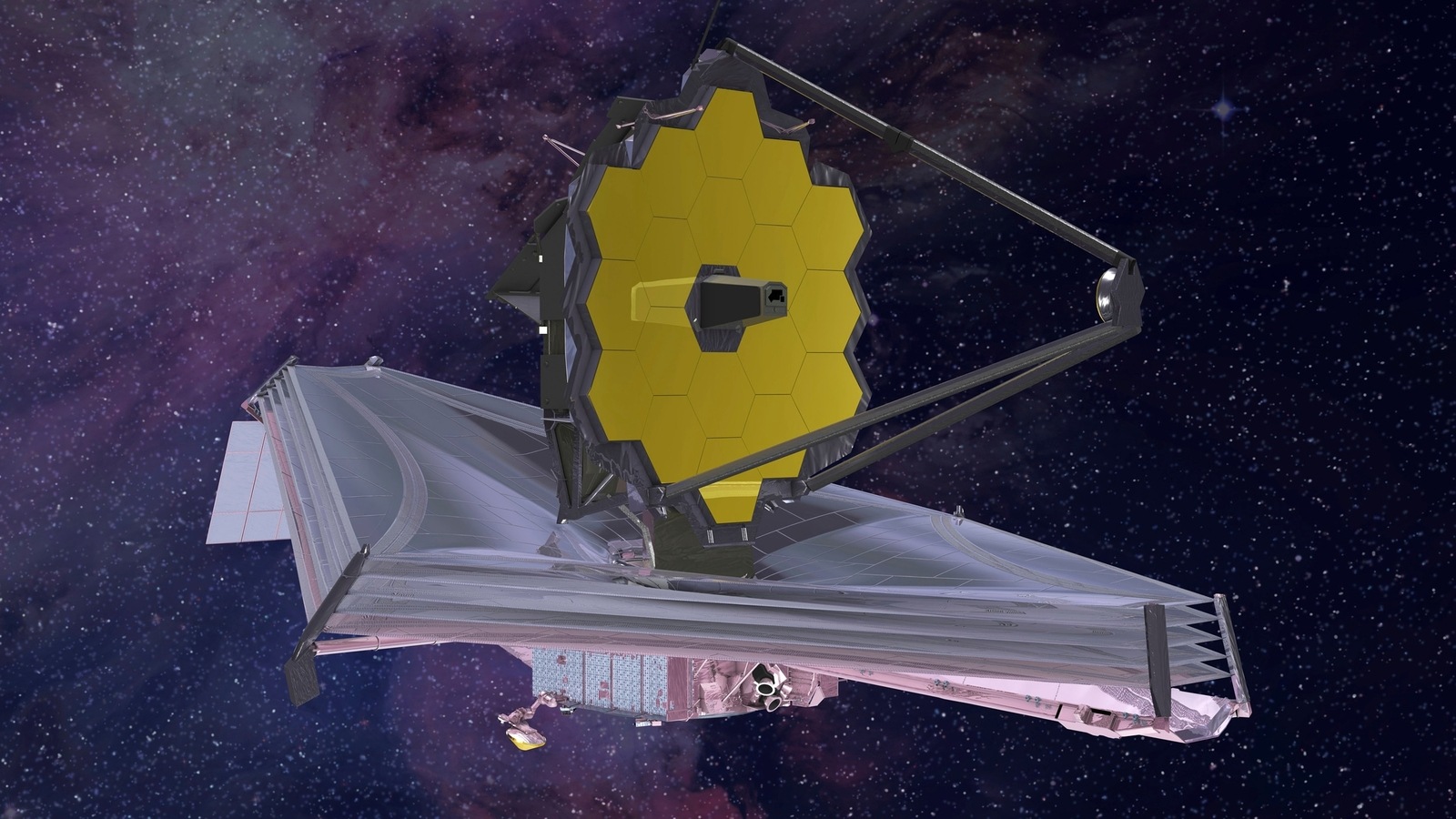
 View all Images
View all ImagesThe entire scientific community is excited and anxious about the historic NASA DART asteroid impact on September 26. This will be the first time humanity will test out its defense capabilities in case an asteroid is ever headed towards its direction. And while there will be Double Asteroid Redirection Test (DART) live streams, which will show the images from the impact site just 3 minutes after the impact, NASA scientists do not want to miss even a second of the action. And that's why they have called upon the veteran Hubble Space Telescope and young star James Webb Space Telescope to observe the event live. But what can these two tech wonders achieve by observing the impact? Read on to find out.
What is the NASA DART asteroid mission?
The NASA DART asteroid mission is a test of planetary defense mechanisms that can be used in a contingency situation if Earth is facing an asteroid strike threat. In this mission a spacecraft has been sent to the Dimorphos asteroid to collide with it. The collision is expected to deflect the asteroid from its current trajectory. The test mission will help NASA learn about the amount of deflection that can be done, the velocity required for said deflection and other such information.
“This is a unique opportunity and a unique moment to take all the resources that we possibly can to maximize what we've learned”, Nancy Chabot, a planetary scientist at Johns Hopkins University Applied Physics Laboratory in Baltimore and the coordination lead for DART, said during a news conference, reported Space.com.
Hubble Space Telescope, James Webb Space Telescope to watch the event
NASA will be collecting data from this impact in multiple ways. A cubesat has been placed on the spacecraft itself to document the event. It will send images as soon as three minutes after the impact. The European Space Agency (ESA) will also send a spacecraft later in 2026 to study the impact effects in detail. Apart from that, several ground based telescopes will also be live streaming the event. However, NASA has felt the need to take the services of the Hubble and Webb telescopes.
One of the reasons is that the space telescopes can provide a clearer image of the event without the disruption of Earth's atmosphere. Another reason is that these telescopes work on different spectrums and can collect different data that can help fill some gaps for the scientists.
Catch all the Latest Tech News, Mobile News, Laptop News, Gaming news, Wearables News , How To News, also keep up with us on Whatsapp channel,Twitter, Facebook, Google News, and Instagram. For our latest videos, subscribe to our YouTube channel.




























